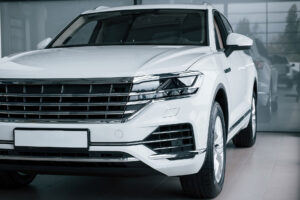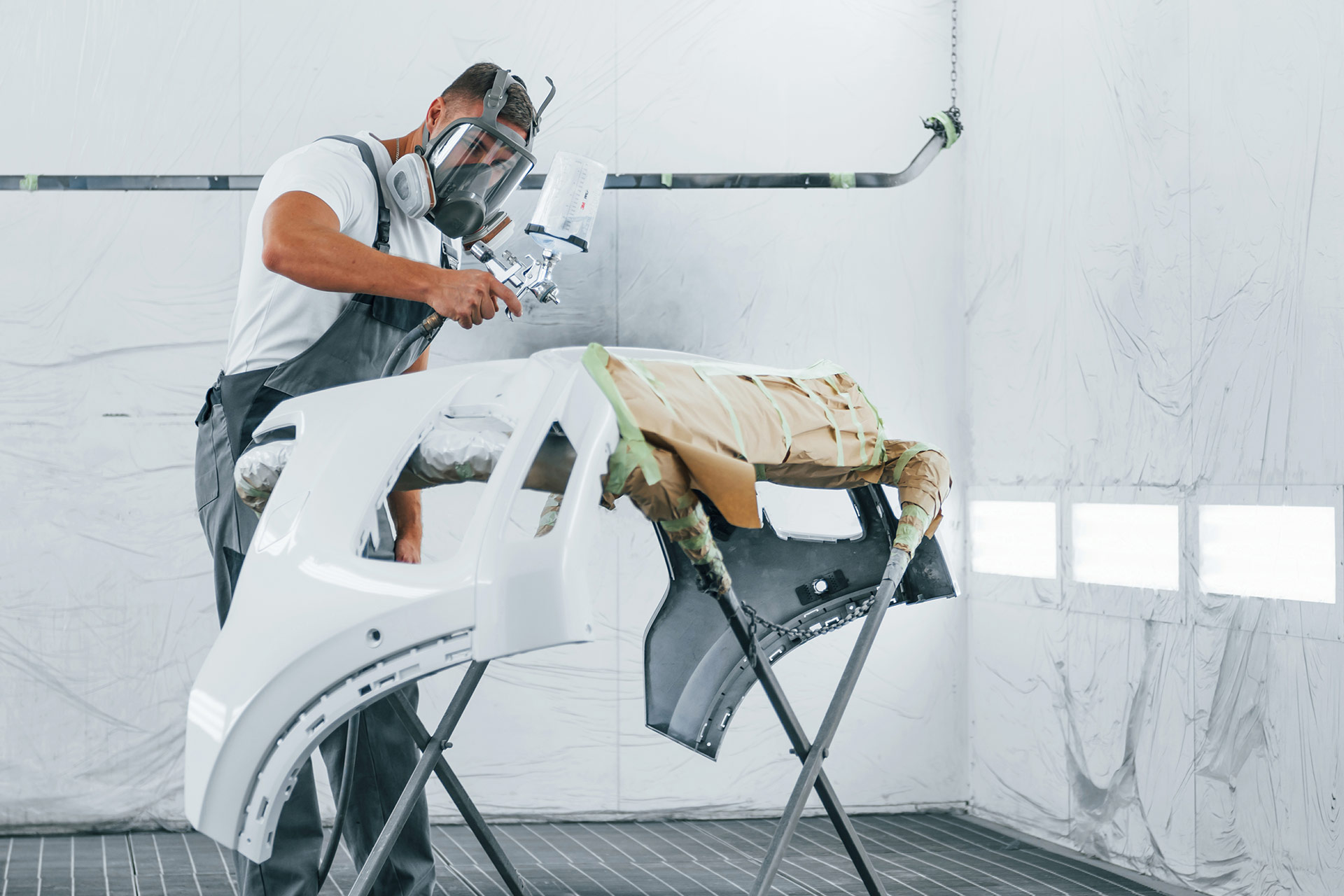

Deciding between a partial or full wrap for your vehicle can be tricky if you’re not familiar with the key differences between the two options. Both have their advantages and disadvantages, and the right choice will depend on your needs, budget, and style preferences.
In this article, we will break down the differences between partial and full wraps, as well as the factors you should consider before making a decision.
A partial wrap covers only a part of the vehicle, which can be an excellent option if you want to highlight specific areas, like the hood, doors, or trunk. This type of wrap is ideal for those looking to add a unique touch to their car without completely changing its appearance. Additionally, it’s more affordable than a full wrap, making it a popular choice for those on a limited budget.
Partial wraps allow you to play with contrasts and colors to create a more personalized design. For example, you can choose a matte finish on the hood while keeping the rest of the car’s original glossy paint.
As the name suggests, a full wrap covers the entire vehicle. This means that the whole surface of the car will be wrapped in vinyl, giving you greater freedom to completely change the appearance of your vehicle. If you’re looking to make a dramatic change, a full wrap is the best option.
Although it is more expensive, a full wrap also offers comprehensive protection for the original paint, helping to prevent damage from the sun, scratches, and everyday wear and tear. This option is ideal for those who want to protect their investment or who want to use their vehicle for full advertising with bold graphics and colors.
Opting for a partial wrap has several advantages, but you should also consider some drawbacks before making a decision.
Advantages:
Disadvantages:
On the other hand, a full wrap has clear benefits, but it comes with certain drawbacks that are worth considering.
Advantages:
Disadvantages:
When deciding between a partial or full wrap, there are several important factors to keep in mind to ensure you’re making the right choice for you and your vehicle.
a. Budget: If budget is a major concern, a partial wrap is a more affordable option that still allows you to customize your vehicle. However, if you can afford it, a full wrap will offer more long-term benefits, including greater protection.
b. Vehicle purpose: If you’re using your car for business purposes, a full wrap may be the better option, as it allows you to use the entire vehicle as a mobile advertising tool. On the other hand, if you’re just looking to enhance the aesthetics of the car for personal use, a partial wrap may be sufficient.
c. Condition of the original paint: If your car’s original paint is in poor condition, a full wrap can help cover up defects and provide a clean, uniform surface. Partial wraps cannot hide imperfections, so it’s best to ensure the unwrapped areas are in good condition.
d. Personal style: Consider your personal style and the look you want for your vehicle. Do you prefer a subtle design or a dramatic makeover? Full wraps offer more freedom to experiment, while partial wraps allow you to add sleek details without completely altering the original color.
e. Maintenance: Both partial and full wraps require regular maintenance, such as washing and UV protection. Make sure you’re willing to properly care for the wrap to prolong its lifespan and keep it in good condition.
When deciding between a partial or full wrap for your vehicle, it’s crucial to consider both your budget and your aesthetic and protective needs. Partial wraps are more affordable and allow you to customize only certain areas, while full wraps offer a complete transformation and comprehensive protection. Carefully evaluating your goals, the condition of your vehicle, and your personal style will help you make the best decision for a result that not only satisfies you visually but also protects your investment in the long run.